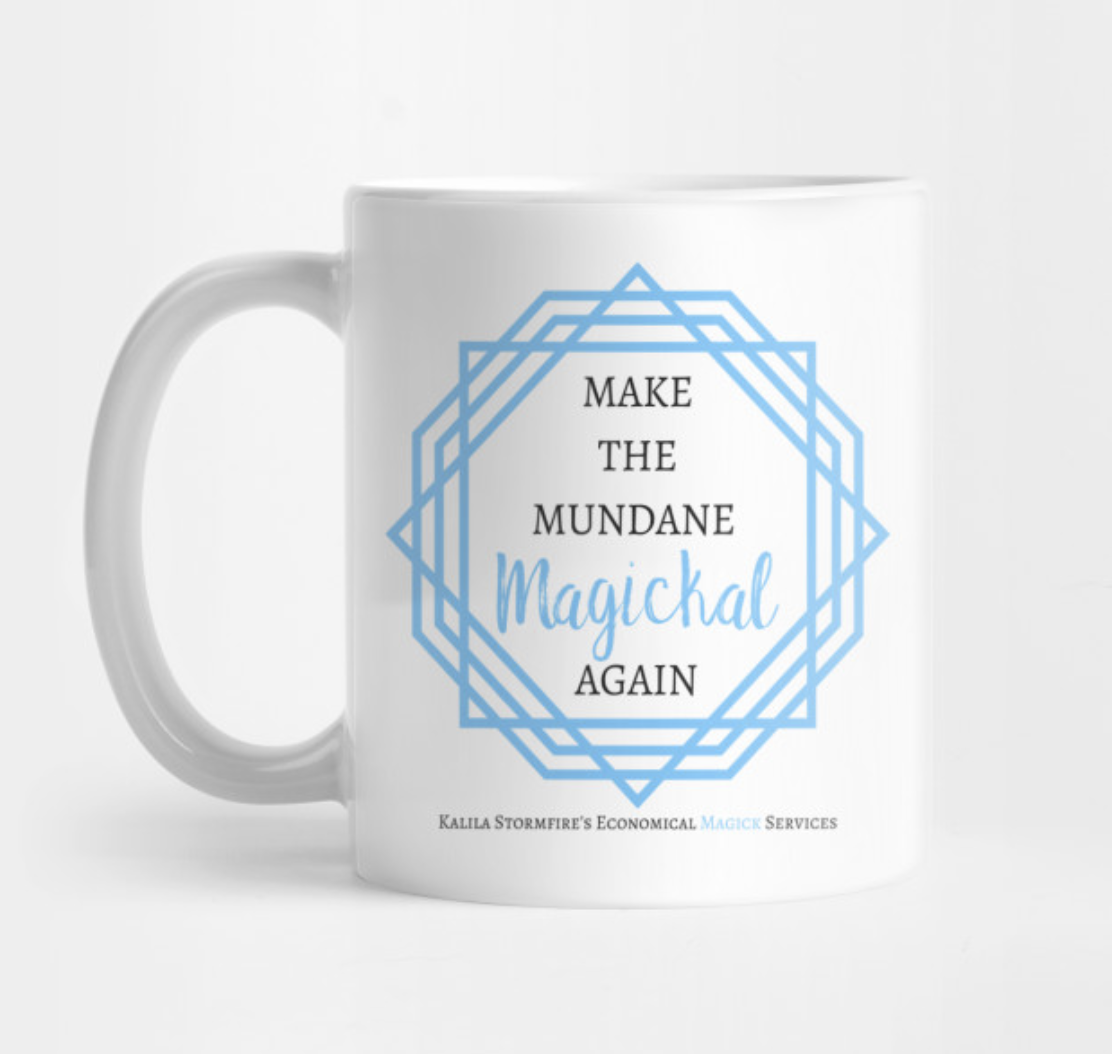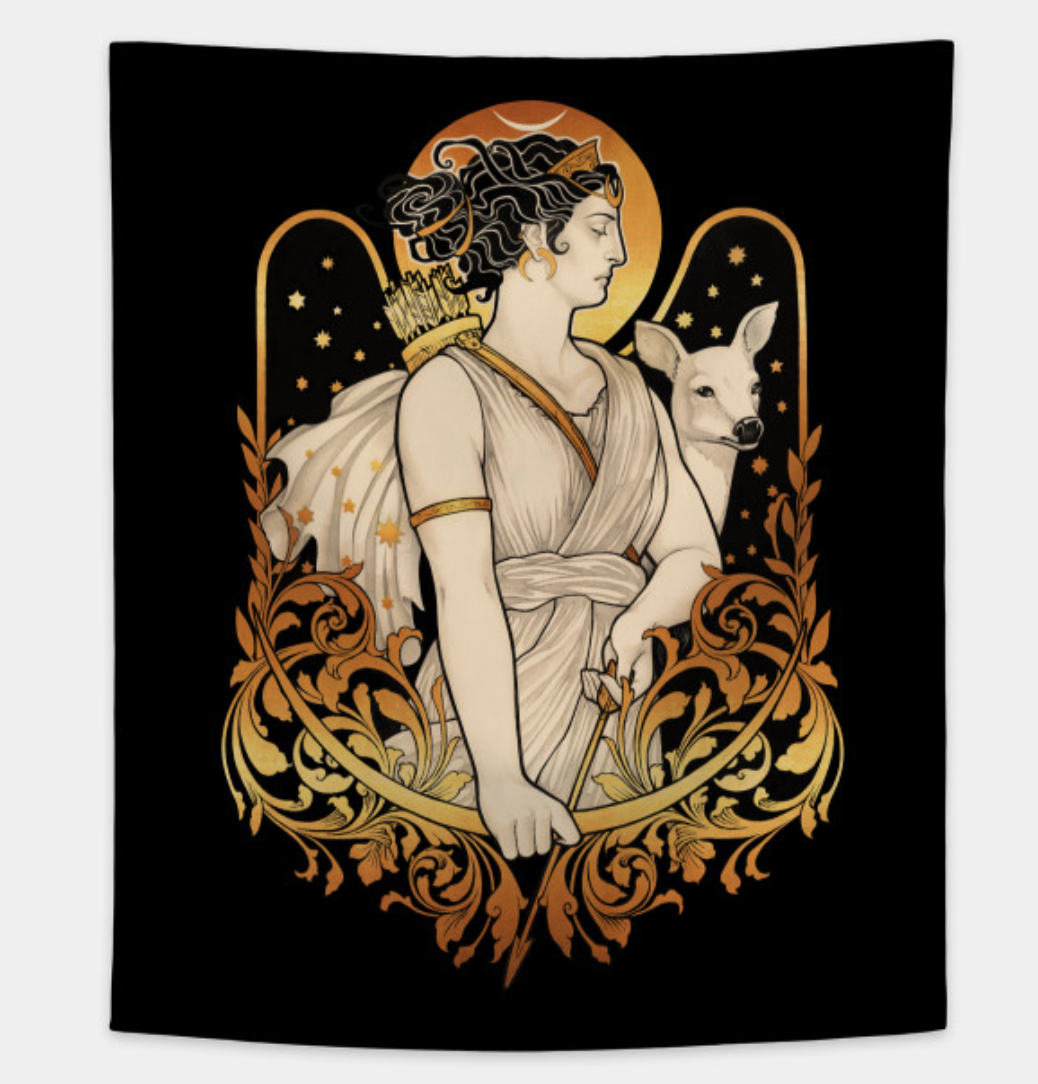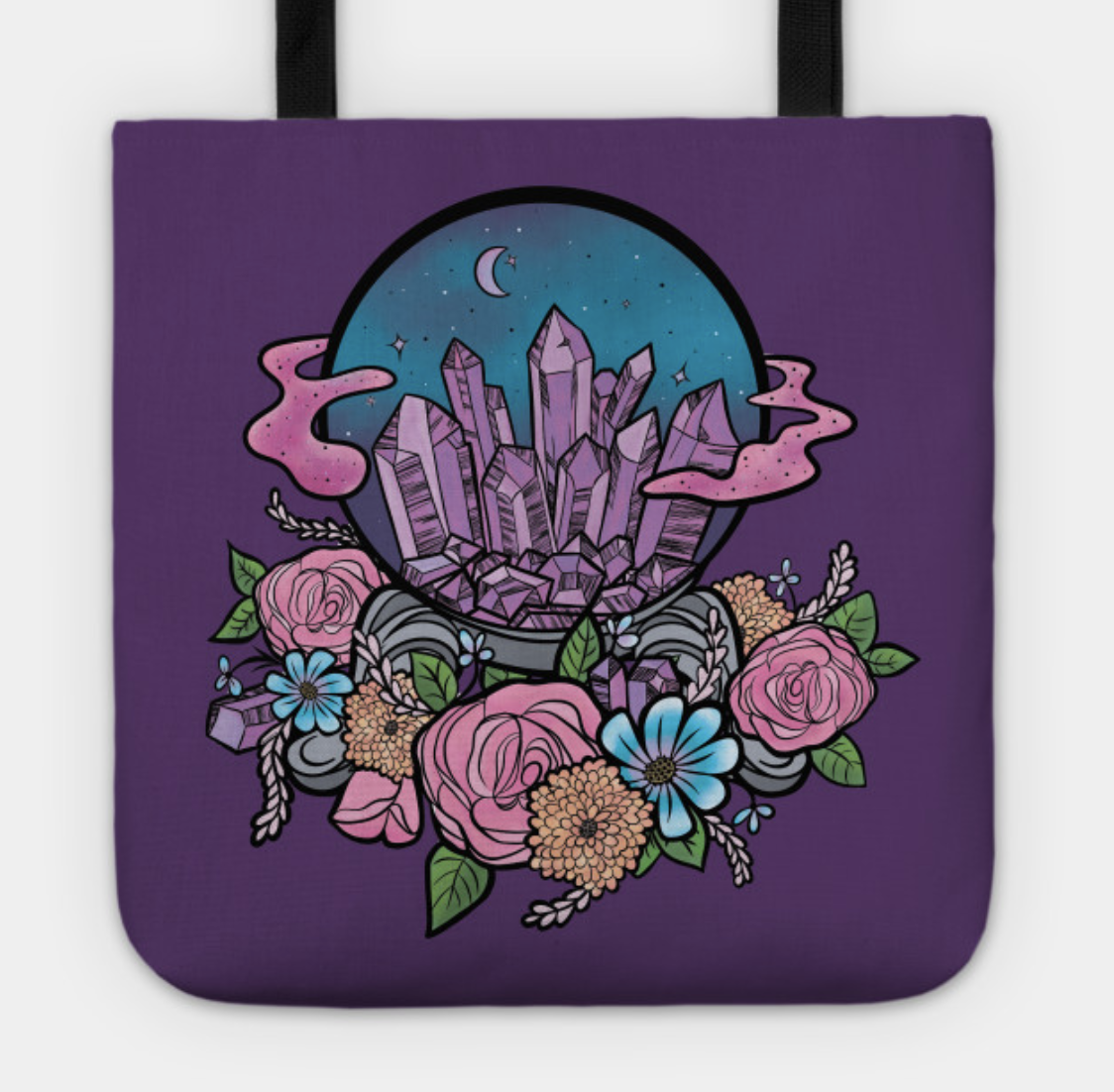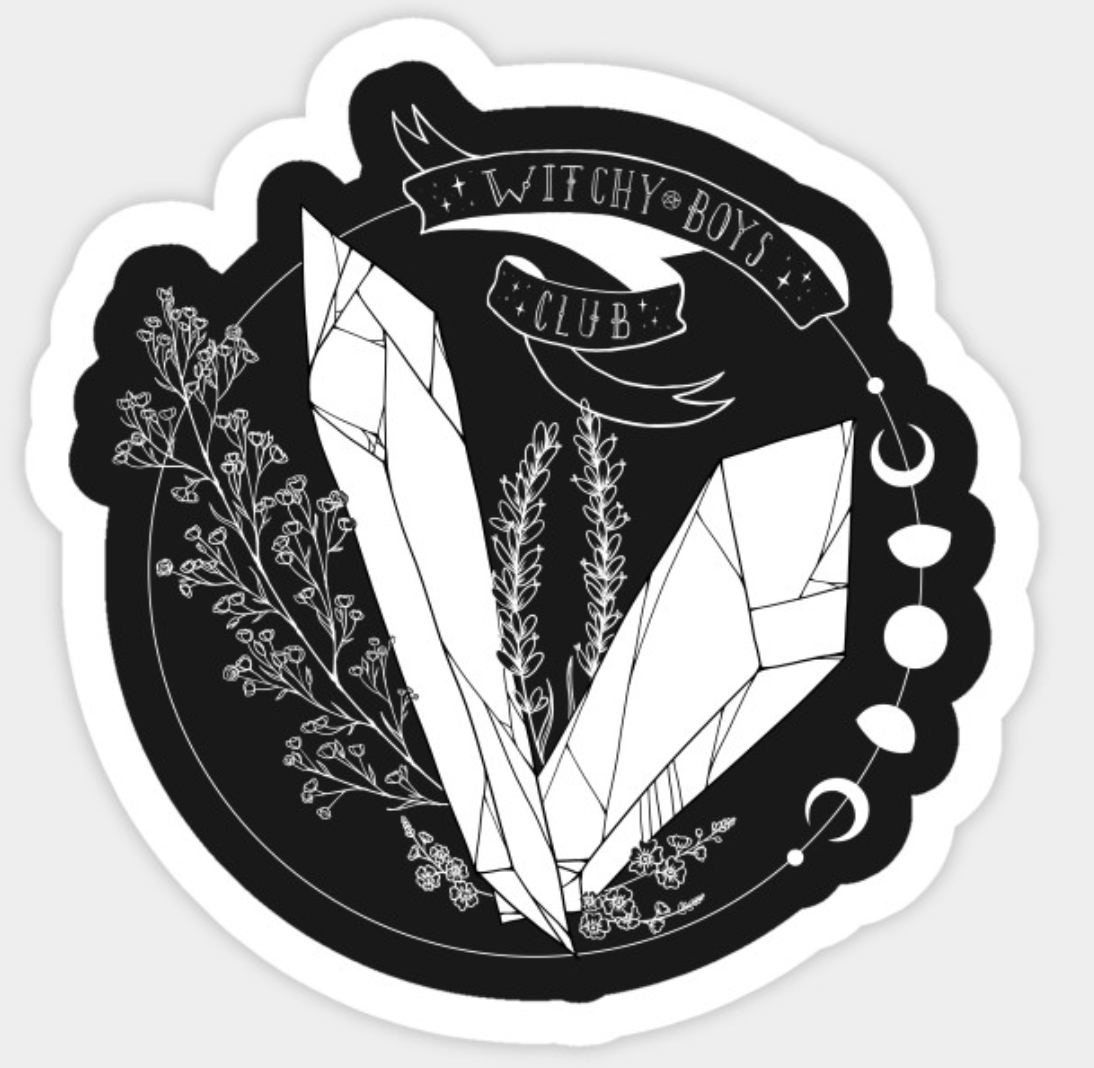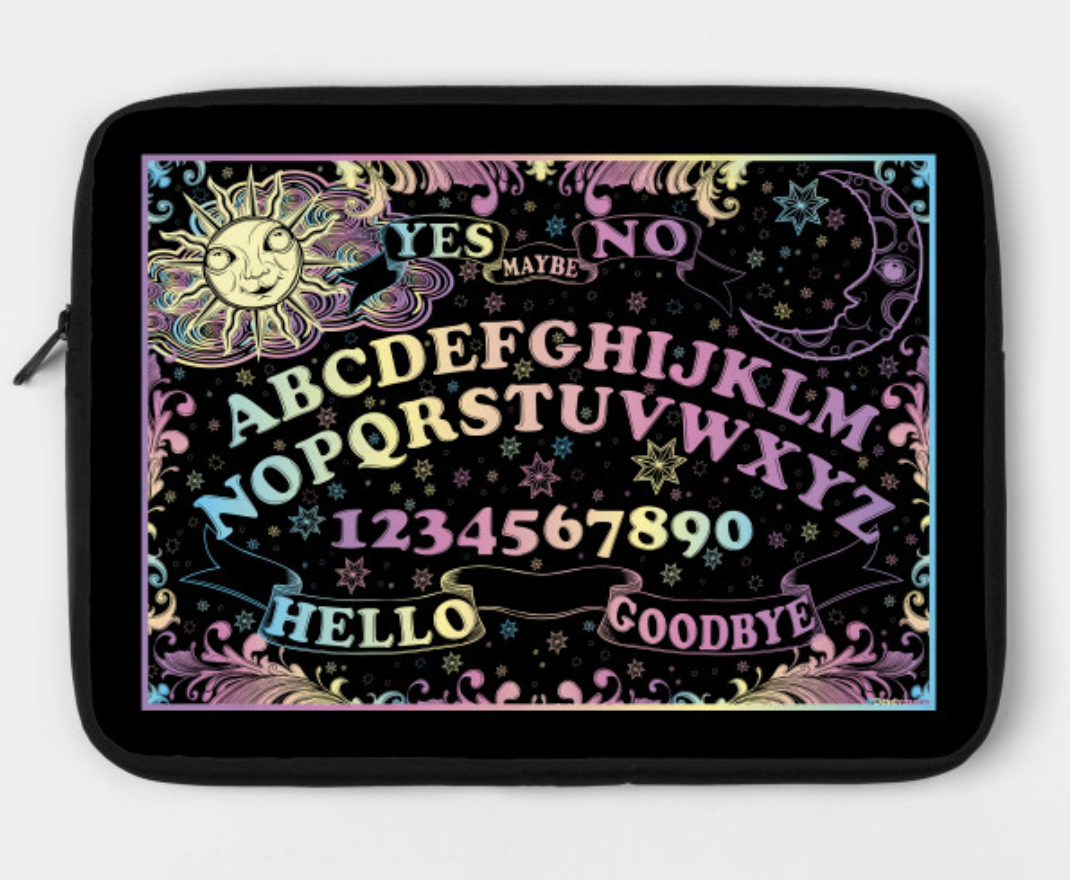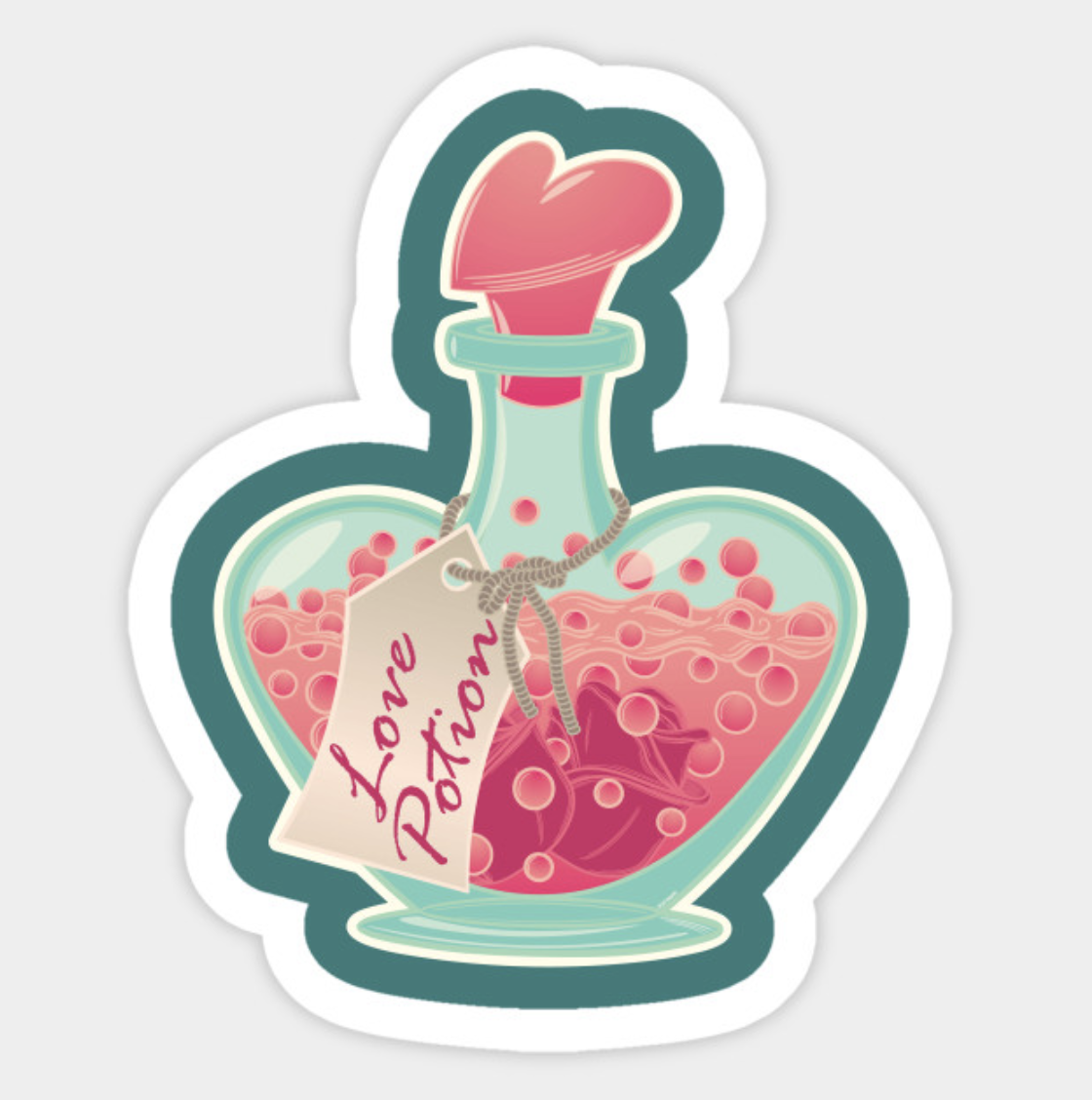Rethinking the Season of the Witch: Interviews with magic-minded TeePublic artists
If you think Halloween is the only time you can break out your #witchyaesthetic, you are wrong. The coming of spring has always heralded traditions and superstitions that predate Christianity. From the Celtics requesting the goddess Brigid to visit their home on the earliest stirrings of spring to the popular celebrations of Hindu’s Holi and the western May Day; spring has always been celebrated as the renewal of life.
There are a lot of assumptions about witchcraft as being something dark and mysterious. It can be dark and mysterious, of course. But, as my interviewees believe, witchcraft is also inspiring and creative. Witchcraft and the idea of the witch is tied to nature and the dynamic powers of life. A number of popular witches and “Instagram” witches have explored the nature of the witch in ways that are more than just cauldrons and gothic makeup. The Hood Witch, for example, combines Latinx and Black culture-inspired witchcraft and folk magic to provide a different sense of “the art of the witch.”
As a witch myself, I also incorporate my magic practices as an artist and a storyteller. I am the creator of Kalila Stormfire’s Economical Magick Services, a modern fantasy audio drama that centers around a witch living in an urban neighborhood. Kalila must juggle complex clients as well as a mysterious critic out to destroy her magic business.
Kalila Stormfire Cover Art Sticker
Make the Mundane Magickal Again Mug
I have a number of my witchy-inspired designs as official merch on TeePublic. I have invited a few artists from TeePublic whose art is also inspired by witchcraft, magic, and the occult to speak to their understanding of those topics and how it integrates with their art.
I spoke with Medusa of Medusa Designs, Leopold of Goatsan Designs, and Desdymona of Desdymona Designs. Most of them either dabble in witchcraft themselves or are interested in researching the esoteric. They are interested in everything from tarot, herbalism, crystal balls and divination, “kitchen witchery”, and magic-infused self-care routines. All of these artists also described seeing witchcraft and the idea of the witch as something grounded in independence and self-expression.
THE WITCH T-Shirt by Medusa
ARTEMIS Tapestry Design by Medusa
“[The culture] has marked [witchcraft] as something exotic, sensual or/and sinful, reduced to something superstitious. I think modern witchcraft has many interpretations, but for me it’s related to being self-conscious, connecting with ourselves and our roots, with our sisters, to listen to our bodies and minds, with nature and psychology.”
Medusa also spoke to the historic value and devaluing of the power of the witch. “[The concept of the witch] resonates with my true self in so many ways,” she noted. “Women like many of us today were burnt to ashes in ancient times just for being different, for being healers...or for being sensitive. Also for using nature resources and feeling a nature connection beyond a religious society. They were accused as superstitious by people who thought that a mother that wasn't able to breastfeed was a curse and had sinned.”
Desdymona also mentioned the negative associations with the witch. “Much of the negative associations around witchcraft stem from the fear of intelligent powerful women. Any art that I create that is witchy is meant to do the opposite. I want to highlight the beauty of intelligent, powerful people.”
Crystal Ball: Tote Design by Desdymona
The rebellious or outsider nature of the witch was a recurring theme for these artists. For Leo, the revolutionary and counterculture aspect of the witch connected with them the most. “I grew up with a lot of punk and goth influence, as well as a lot of extended family members who identified as witches. So it’s always been a prevalent part of my life, and a lot of my inherent values came from growing up learning from all these amazing people. Most of my art through my life has come from personal experiences, and right now creating witchy art is a way of keeping in touch with my roots, and finding a way to give back to a community that has helped me through so much. To me being a witch is all about self discovery, and using your strengths to change little things in the world around you - and I find it very inspiring.”
Pop culture also has a large influence on how these artists view witchcraft. As the generation who grew up on Harry Potter, Kiki’s Delivery Service, Practical Magic, The Craft, The Witches of Eastwick, Sabrina the Teenage Witch, and so much more it makes sense that artists and the people who buy their art love the aesthetic of the witch.
Leo mentioned how Harry Potter helped shift the popular view of and association with witchcraft. “Harry Potter did a lot to bring a large portion of my generation together, and created a kind of gateway into the world of softer witchcraft - of witchcraft and witches in general not always being bad. I think currently it’s created a comfortable in-between of people who want to be punk or goth or just like rebellious, but in a less outward and somewhat softer way. It’s my general opinion that the theme of magic overall has kind of helped to create a conversation about how we view ourselves and the world, a bring a little more love and positivity into it.”
Witchy Boys Club Sticker by Goatsan (Leo)
Witchy Pals Club Sticker by Goatsan (Leo)
Desdymona also mentioned growing up during the “Satanic Panic” in the ‘80s and the shift in the culture relating to magic and the esoteric since then. “Seeing [witchcraft] in popular culture really normalized it for those around me and now I am surrounded by people who love all things of that nature versus having needless fear.”
Flowers, stones, goddesses, bright colors, and witchy iconography are being incorporated in all of these artists’ designs. The beauty of the witch is finally being acknowledged and even celebrated. “I think there are a lot of people like me who prefer a softer watered down version of the goth or witchy aesthetic - the crystals, candles, softer lines, more down to earth I guess?” Leo mused. “A bit more positive and dreamy.”
Rainbow Spirit Board Laptop Case by Desdymona
Love Potion Sticker by Desdymona
As a creator and a witch myself, I also find comfort and inspiration from this new witch aesthetic. I come from Cuban heritage and grew up with folk magic and witchcraft. “Brujería” and New African Traditions like Santería and Vodou have always been more colorful (no pun intended) and rooted in the beauty of nature than popular culture would have you believe. I think, too, that many people of color and LGBTQ+ folks are gravitating towards the power of the witch because it is inherently empowering.
“Love yourself, love the good in the world, and treat everyone with kindness,” Leo said of their favorite concept of the witchcraft. Well, the intention does come with caveats...“Except Nazis. Hex Nazis.”
Spoken like a true witch.


